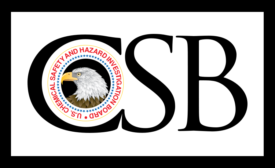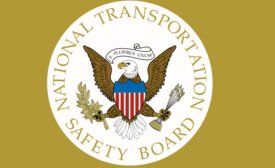Home » accident investigation
Articles Tagged with ''accident investigation''
A Confined Space blog post
“Perfect storm” of sub-standard company practices led to disaster: Lac Mégantic trial goes to jury
January 12, 2018
Become a Leader in Safety Culture
Build your knowledge with ISHN, covering key safety, health and industrial hygiene news, products, and trends.
JOIN TODAYCopyright ©2025. All Rights Reserved BNP Media.
Design, CMS, Hosting & Web Development :: ePublishing




